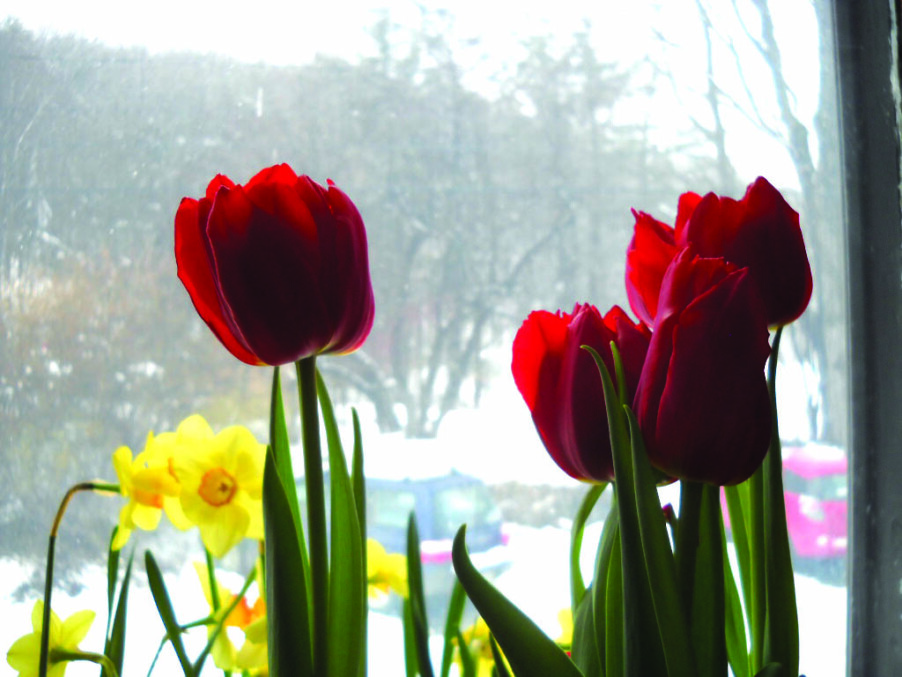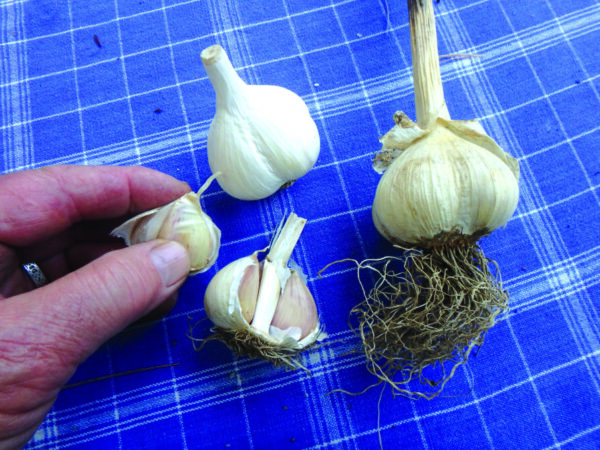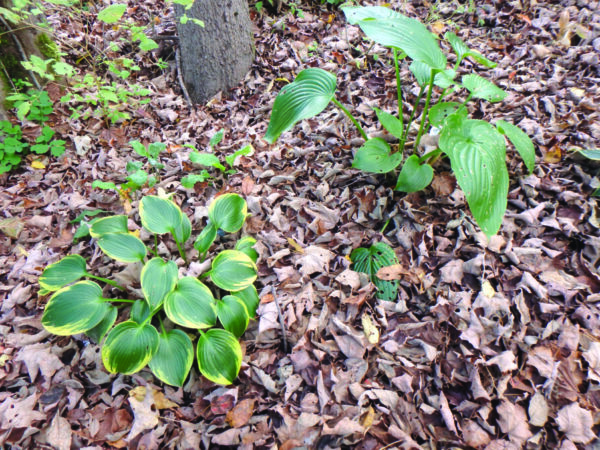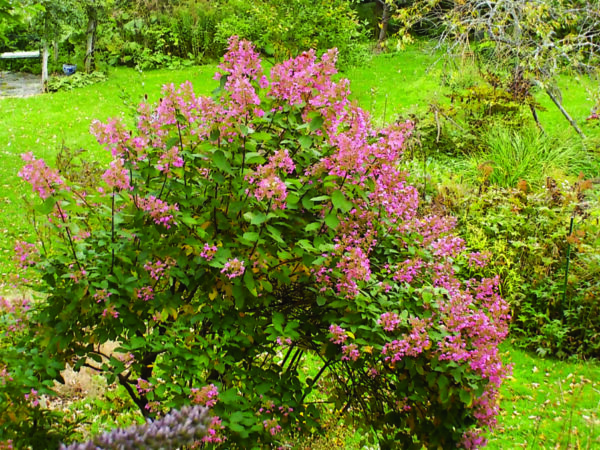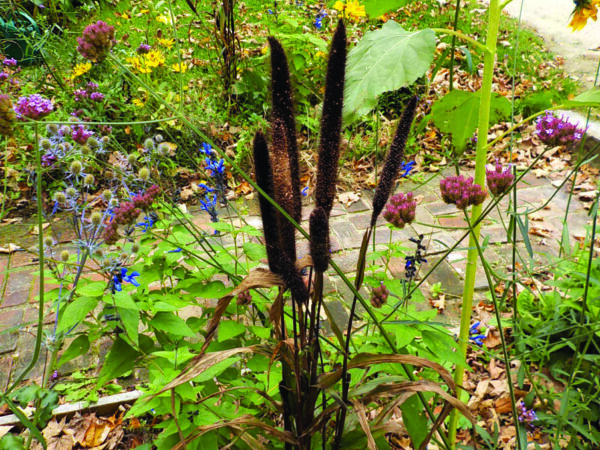Family fun for the weekend
Getting out while the getting is still good
All but the south-southeastern-iest parts of the state are decidedly past peak foliage, according to the state’s foliage tracker (visitnh.gov/seasonal-trips/fall/foliage-tracker) on Nov. 1. But there are still some fun autumnal views worth viewing out in the natural world. (And, as of Nov. 1, WMUR is predicting a mild weekend in the low 50s.)
• Find a list of the New Hampshire Audubon’s 39 wildlife sanctuaries across the state at nhaudubon.org/lands/sanctuaries. The sanctuaries are free and open to the public for “passive recreation” (like hiking) and rules about dogs vary by location. Find locations, descriptions and maps for the sanctuaries on the website.
• Beaver Brook Association’s (117 Ridge Road in Hollis; beaverbrook.org) 35 miles of trails and 12 themed gardens are also free and open from dawn to dusk, the website said. Find trail guides on the website, as well as (on the “visit us” page) descriptions of four stroller-friendly hikes.
• And get some art and nature at the Andres Institute of Art (106 Route 13 in Hollis; andresinstitute.org) open daily from dawn to dusk. There are printable trail maps online, where you can also find a rundown of all the sculptures in the park and view the sculptures on each trail.
Science on their day off
• Looking ahead to next Thursday, Nov. 11, when many schools may be closed: Check out the SEE Science Center (200 Bedford St. in Manchester; see-sciencecenter.org, 669-0400) from noon to 2 p.m. when the UNH students from Team Cooke, who are taking part in a research project that will go to the International Space Station, will be at SEE to discuss doing science experiments in space and lead hands-on activities, according to the website. Make reservations for museum admission online; sessions are available at 10 a.m., noon and 2 p.m. Admission costs $10 for visitors ages 3 and up. The center is open Tuesdays through Fridays from 10 a.m. to 4 p.m. and Saturdays and Sundays from 10 a.m. to 5 p.m.
• The McAuliffe-Shepard Planetarium (2 Institute Dr. in Concord; starhop.com, 271-7827) is open Fridays through Sundays (with admission times at 10:30 a.m. and 1:30 p.m.) during the school year. It will also be open Thursday, Nov. 11. Go online to reserve a time slot; admission costs $11.50 for adults, $8.50 for children (ages 3 to 12), $10.50 for students ages 13 through college and for seniors.
More midweek entertainment
• The Pembroke Town Library (313 Pembroke St. in Pembroke; 485-7851, pembroke-nh.com/library) will present the Toe Jam Puppet Band Variety Show in the library’s parking lot on Thursday, Nov. 4, at 1 p.m. Dress warmly and bring chairs for a show with the “wacky and wild” band, a release from the library said.
• The Palace Teen Company will present The Little Mermaid on Tuesday, Nov. 9, and Wednesday, Nov. 10, at 7:30 p.m. The show will feature actors ages 12 to 18, according to the website. Tickets cost $12 to $15.


